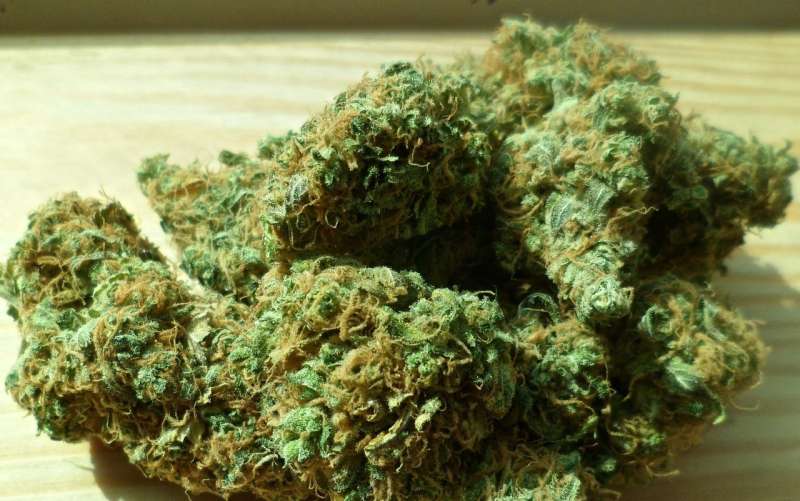Daily use of marijuana among non-college young adults at all-time high

The National Institute on Drug Abuse (NIDA) announced that the latest Monitoring the Future (MTF) survey results on substance use trends as teens transition to adulthood are now available online, comparing substance use patterns of full-time college students to their non-college peers. Most notably, more than 13 percent of young adults not in college report daily, or near daily, marijuana use; alcohol use is more common among college students; some opioid use is declining in both groups; and the most sizeable difference is the higher rate of cigarette smoking in the non-college group.
Below are the highlights from the 2017 MTF survey results on drug use among college students compared to their peers not attending college (ages 19-22).
- Daily, or near daily, marijuana use among non-college young adults has continued to rise, reaching its highest level (13.2 percent). As a result, daily, or near daily, marijuana use is now nearly three times as high among non-college young adults as among college students.
- For the first time, questions about vaping marijuana, were added to the survey in 2017. Past month use appears to be higher among non-college young adults than among college students (7.8 percent vs. 5.2 percent).
- With respect to past month use, alcohol use in college students is higher than in non-college peers (62 percent vs. 56.4 percent). Additionally, mixing alcohol with energy drinks appears to be higher among college students than the non-college group (31.5 percent vs. 26.7 percent) in the past year.
- The largest difference between annual, past month and daily use in rates for college vs. non-college groups is for smoking cigarettes. Daily smoking for non-college peers is higher than college students (14.4 percent vs. 2 percent). Past month use of vaping nicotine appears to be higher for non-college young adults compared to college students (7.9 percent vs. 6 percent).
- Past year misuse of Vicodin in both college and non-college peers dropped dramatically since 2009 (8.4 percent in 2009 to 1.1 percent in 2017 and 11.2 percent to 1.8 percent, respectively).
- Synthetic drug use over the last year is lower in college students than in non-college peers. Synthetic cannabinoids (K2/spice) use is 0.5 percent vs. 2.4 percent and synthetic cathinones (bath salts) is 0.2 percent vs. 1.5 percent, respectively.
Additional data and an infographic can be found on NIDA's College-Age & Young Adults webpage, which also includes links to statistics and trends, a list of more than 400 college programs in addiction science, information about the Addiction Medicine Subspecialty, and other relevant materials, including a college-age specific toolkit for those holding events during National Drug & Alcohol Facts Week early next year.
More information: For more information, see NIDA's College-Age & Young Adults webpage: www.drugabuse.gov/related-topi … ege-age-young-adults


















